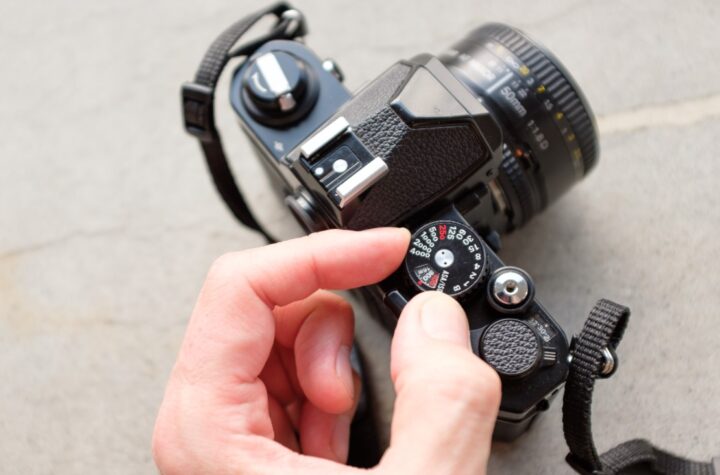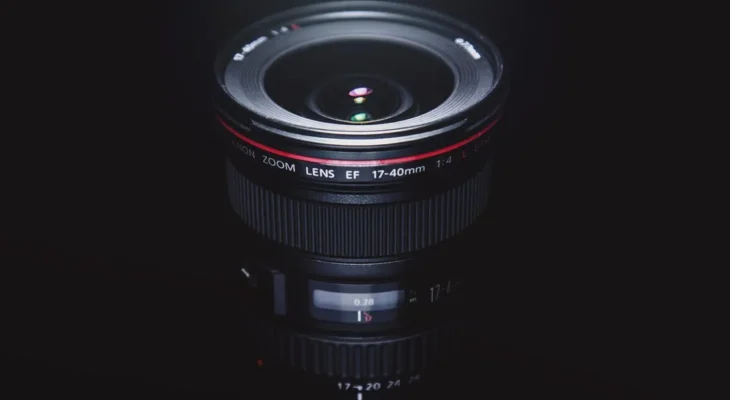Learning digital photography seems very difficult, especially when you first encounter technical jargon that makes you feel ignorant and burrow into a dictionary. Or worse, you stop trying to understand what you’ve just read and try to give these words your labels.
Every aspiring photographer should know the basic terms of photography and photographic equipment.
To understand the principles of photography, mostly technical, as well as the correct formulation of the task, it is important to know the basic terms. Accordingly, the basic principles of working with a camera. You can check out what is an aperture in photography on Skylum`s blog. It will be very useful.
The image sensor

This is the device in the camera where the image is created. It is analogous to film, or a film frame. As a film, rays of light collected by the lens “draw” an image. The difference is that film stores the image, while light causes electrical signals on the sensors of the sensor, which are processed by the camera`s processor, and then the image is stored as a file on the memory card. The image sensor itself is a special chip with photo pixels. It`s these that, when hit by light, generate a signal, the greater the amount of light that hits this sensor pixel.
At the moment, there are three types of sensors:
- CMOS;
- CCD;
- XZ.
The differences between CMOS and CCD sensors are now more technical than qualitative. A very important parameter of a sensor is its size. The larger the sensor, the larger the single pixel and its light sensitivity, and the smaller the noise, with improved image clarity. Also, with a small sensor, even at a fully open aperture you get a monstrous depth of field, which affects the quality of the pictures.
Depth of field

The distance between the closest and farthest subjects that will be sharp at a given aperture.
The shutter
A damper next to the sensor controls shutter speed while the aperture is in the lens and how wide open it also affects exposure. The higher the F-number, the smaller the aperture of the lens. Therefore, f/8 means the aperture value is equal to one-eighth of the focal length of the lens. Creatively, the aperture value controls the depth of field. The lower the f-number, the shallower the depth of field.
Maximum film sensitivity (ISO) (100 to 10000)
The maximum sensitivity of the film used in the camera. Depending on the camera model? Film sensitivity can be set either mechanically or automatically. Mechanical sensitivity is a switch that the user sets manually. With an automatic setting, the camera itself recognizes the sensitivity of the film by the codes printed on the film cassette.
Minimum film sensitivity (ISO) (20 to 200)

The minimum value for the sensitivity of the film used in the camera. Each camera is designed to use films of a specific sensitivity, which is indicated in the camera specifications.
Focal length
As rays pass through a lens, they refract and at some distance from the lens they “gather” into a point. This point is called the focal point, and the distance from the focal point to the lens is called the focal length. The focal length determines the angle of view of the camera: the smaller the focal length, the wider the angle of view. To compare the angles of view of cameras with different sizes of light-sensitive elements, the equivalent focal length of 35 mm film is usually specified.
Light sensitivity
The value of the light sensitivity of a material is expressed as a number. Since 1974, following the merger of the American ASA (number scale) and the German DIN (degree scale), the International Organization for Standardization has adopted the ISO standard. Light sensitivity according to ISO is indicated by a number such as ISO 200. The higher this number, the greater the sensitivity of the film.
RAW-TIFF-JPEG
- RAW s the digital equivalent of a negative (the signal from the sensor is recorded without processing). Allows the highest image quality to be achieved. Smaller in size than TIFF. Requires post-processing on your computer after shooting. RAW – allows you to record a picture as the camera sensor sees it. The recording quality in this format is much higher than in JPEG because RAW uses “lossless compression” or is saved without any compression at all.
- TIFF is a lossless photo that is immediately ready for printing, but the file is very large.
- JPEG is a lossy image compression format, similar to MPZ in music. It allows you to take very many good-quality photos (with little compression).·
Noises effects
A grainy image structure consisting of small elements with differences in brightness or color hue. Digital noise initially occurs when data is read from the camera’s sensor due to uneven charging of the light-sensitive elements. Factors such as sensor performance, sensor temperature, exposure time, and indirectly the image processing algorithm of the sensor all have a direct impact on the occurrence of digital noise. Noise can be either (Luminance noise) or (Chromatic noise). Usually, photos with excessive noise look unnatural and are of low quality.
Overexposure
Too much light in a photo, causes the negative to become too dense, making the photo too light.
Shutter-priority photography
Photography in which you fix the shutter speed yourself and the aperture is adjusted automatically (based on metering).
White balance
A camera setting is responsible for making sure that the colors in a photo match the actual colors.
Perspective
The transfer of a three-dimensional image to the photographic plane creates a sense of depth in space. Perspective distortion occurs when shooting from a short distance from a lower or upper point, or when using short-throw lenses.
Conclusion
In this article, we have introduced common photography terms for beginner photographers. We hope this information will help you in all your creative beginnings when you decide to become a professional photo shooter. You can find information about what is an aperture in photography on Skylum`s blog.





